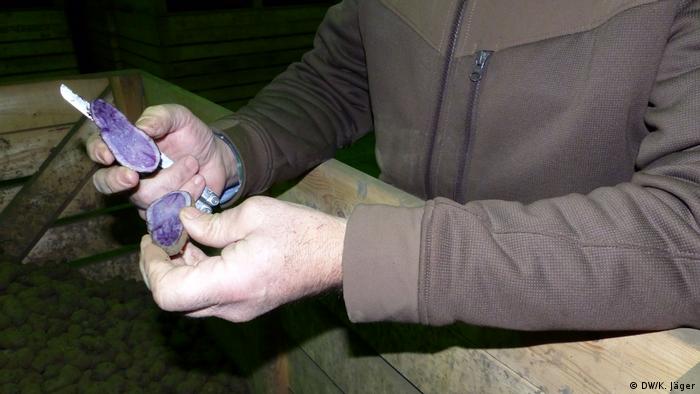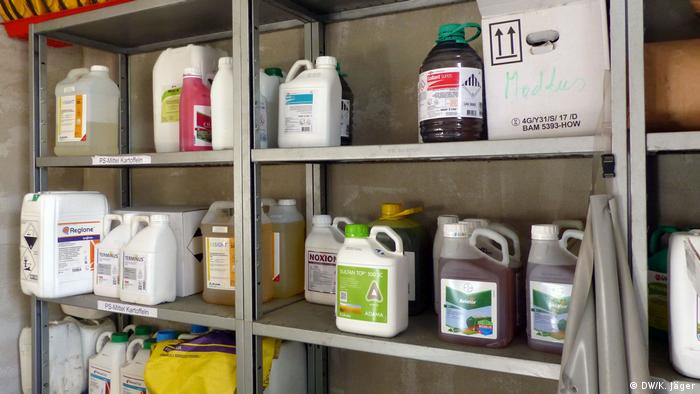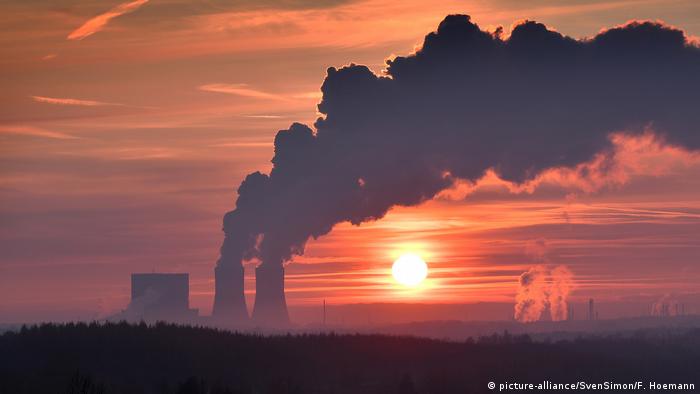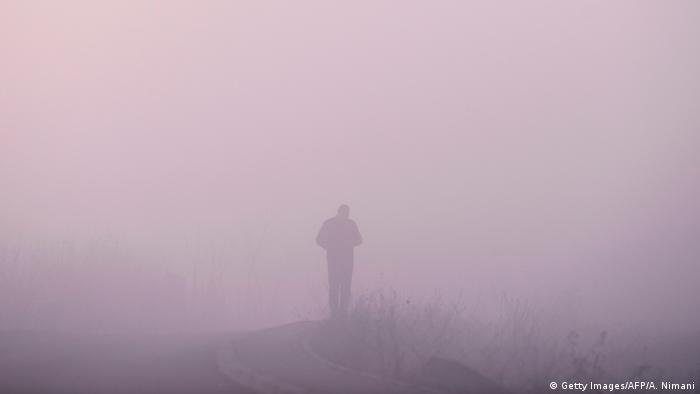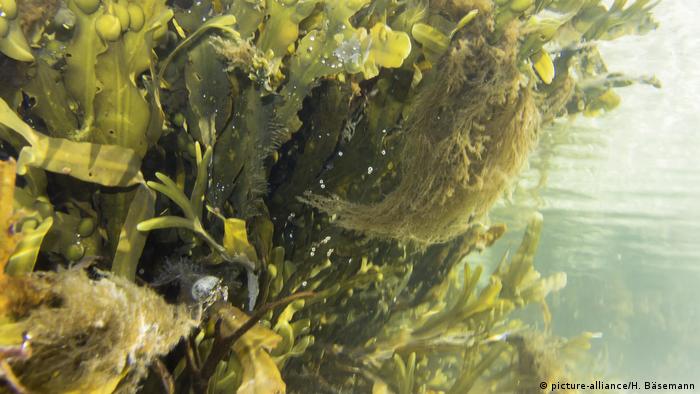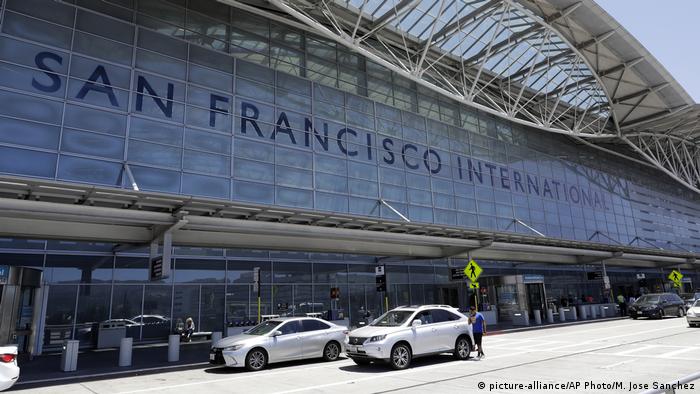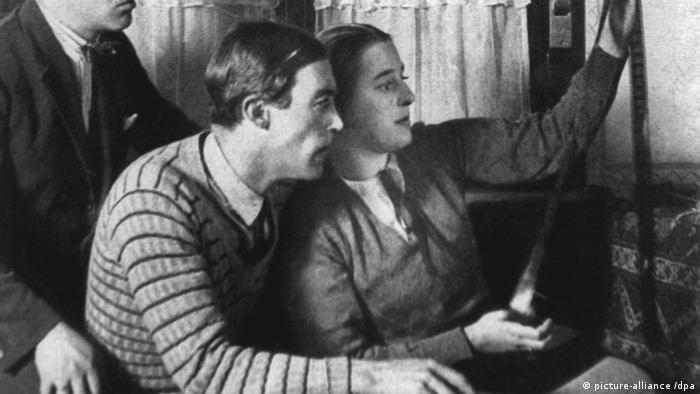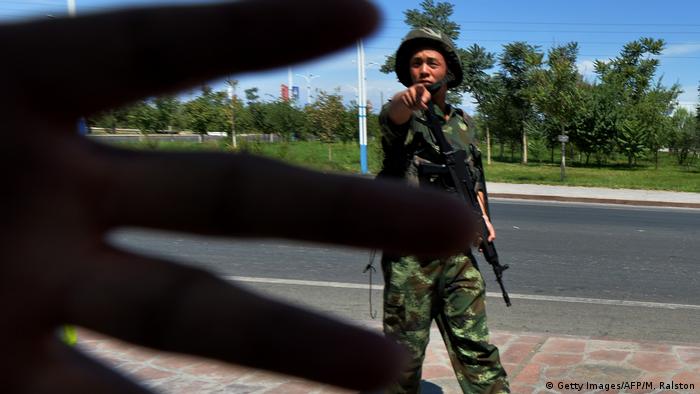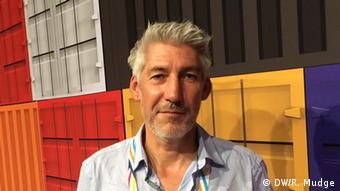
US President Donald Trump delivers a speech via video
from the White House to the March for Life on January 19, 2018.
© BRENDAN SMIALOWSKI/AFP
Text by:Ségolène ALLEMANDOU
Donald Trump will become the first sitting US president to address the March for Life anti-abortion rally when he speaks on Friday. Trump will use the rally to strengthen his ties with his conservative evangelical Christian base in the run-up to the 2020 US elections.
No US president has ever attended the March for Life, an annual anti-abortion rally protesting against both the practice and legality of abortion, in the event's 47-year history. It is held every year in Washington, DC around the anniversary of the landmark Roe vs Wade Supreme Court case.
In that case, the court ruled on January 22, 1973 that the Constitution must protect a pregnant woman’s liberty to choose to have an abortion without excessive government restriction.
Every year since becoming president, Trump has welcomed representatives from the March for Life to the White House. But this is the first time that he will go in person to the protest.
.webp)
See you on Friday...Big Crowd! https://t.co/MFyWLG4HFZ— Donald J. Trump (@realDonaldTrump) January 22, 2020
Trump made this surprise announcement on Twitter on Wednesday, writing “See you on Friday...Big Crowd!”
Trump’s critics see it as an attempt to divert attention from the impeachment trial, which opened on Tuesday in the Senate.
Also on Twitter, the president of NARAL Pro-Choice America, Ilyse Hogue, described the president’s announcement as “a desperate attempt to divert attention from his criminal presidency and fire up his radical base”
BREAKING: In a desperate attempt to divert attention from his criminal presidency and fire up his radical base, Trump will be the 1st POTUS to attend the annual gathering of anti-choicers on Friday, which he announced today on the anniversary of #RoevWade bc that's how he rolls. https://t.co/xN5TzktwLL— ilyse hogue (@ilyseh) January 22, 2020
The planned address is the latest example of Trump continuing to woo evangelical Christians.
“This is definitely a watershed moment for the pro-life movement, but it is also the latest gesture of support from Donald Trump to a key part of his conservative base: the religious right,” said FRANCE 24’s Washington correspondent Kethevane Gorjesthani.
“As a political block, they’ve stood by him throughout all the controversies, despite his divorces, despite his lack of obvious interest in religion. All of that is because because Donald Trump has delivered on one of their key issues: abortion.”
“Since taking office, the man who once called himself very pro-choice has appointed countless very conservative judges from the lower courts all the way to the Supreme Court. He has also cut federal funding for abortion and has pushed for more laws restricting access to abortions. Donald Trump is now hoping that these same conservative voters will once again turn out at the polls for him,” said Gorjesthani.
‘The most pro-life president in history’
Trump’s administration has already embraced the march in unprecedented ways. In 2017, Mike Pence became the first sitting vice president to attend the event.
The following year, in January 2018, the White House incumbent himself addressed the march by video, promising that his administration “will always defend the very first right in the Declaration of Independence, and that is the right to life”.
Writing in the conservative news outlet The Daily Wire on Wednesday, Russell Vought, Trump’s acting director of the Office of Management and Budget, called him “the most pro-life president in history” and celebrated what he called “a golden chapter for our movement”.
“Trump is seeking to reaffirm his pro-life position," confirmed Nicole Bacharan, a political scientist specialising in American politics and author of "Le Monde selon Trump" (The World According to Trump), speaking with FRANCE 24.
“Trump governs for his electorate: those that are anti-immigration, but also pro-life," Bacharan said. The latter category is widely represented among evangelical Christians, 81% of whom voted for the Republican candidate in 2016.
By speaking at the March for Life, the president intends to directly address his electoral base, “to prove his loyalty", says Bacharan. “But also to remind them of what he has already done for their movement and to tell them that he is prepared to commit even more to it".
‘Good people can have different opinions about what decisions they might make about their own bodies’ — Celebs including @DebraMessing, @BradleyWhitford, and @SophiaBush explain how the abortion debate is really about freedom and human rights #RoeVWade pic.twitter.com/x9X6bOL3Ao— NowThis (@nowthisnews) January 22, 2020
Abortion remains a highly divisive issue in America. According to a study published by Pew Research Center in August 2019, 61 percent of Americans believe that voluntary termination of pregnancy should be legalised in all cases, compared to 38 percent who believe it should be prohibited in all circumstances.
As soon as Donald Trump came to power in January 2017, his administration was particularly aggressive on the issue of abortion rights. It introduced a ban on funding international NGOs that support abortion, and a reduction in aid for abortions.
Trump also nominated two conservative judges for the Supreme Court, Neil Gorsuch and Brett Kavanaugh, who were both confirmed by the Senate. In 2019, several conservative states in the south and centre of the United States (the "Bible Belt") tightened the laws pertaining to abortion.
As a result, access to abortion is declining in the United States, according to a New York Times study published on 31 May 2019. Dozens of specialized clinics in the country have closed in recent years, with more than 11 million women in the United States living more than an hour's drive from one.
In January 2019, New York State passed a law protecting the right to terminate a pregnancy after 24 weeks in certain cases, while in the same year, the governors of Georgia, Kentucky, Mississippi and Ohio signed controversial ‘heartbeat’ bills banning abortions if an embryonic heartbeat could be detected.
Pro-life candidates receive ‘record’ funding
Trump’s announcement came a few days after the pro-life political action group the Susan B. Anthony List announced that it would spend $52 million to support the president and other pro-life Republican candidates throughout the 2020 election cycle, a sum the group called a record
President @realDonaldTrump is the most #ProLife president in U.S. history.
From the moment he was sworn in, his administration hit the ground running to defend LIFE.
Let's WIN in November to secure FOUR MORE YEARS of WINNING for babies & moms to Make America Pro-Life Again!! 👍 pic.twitter.com/yqkMpJyTcY— Susan B. Anthony List (@SBAList) January 23, 2020
Trump’s aim by breaking protocol to attend this Friday’s March for Life is clear: He wants to solidify his old evangelical base and attract those who are not regular voters.
"Up until now, evangelicals have long been considered a marginal group and uncultured. Above all, this gives them a sense of legitimacy,” Bacharan said.
This piece is an adaptation by Sophie Gorman from the original in French.




